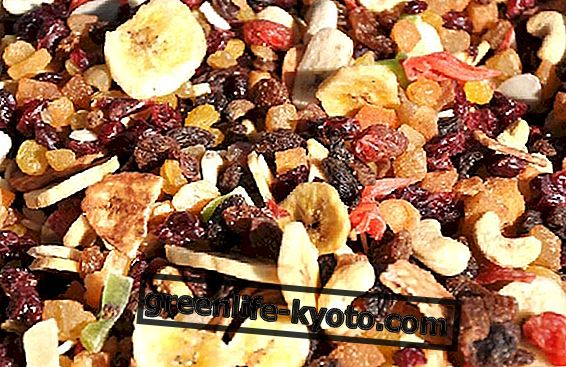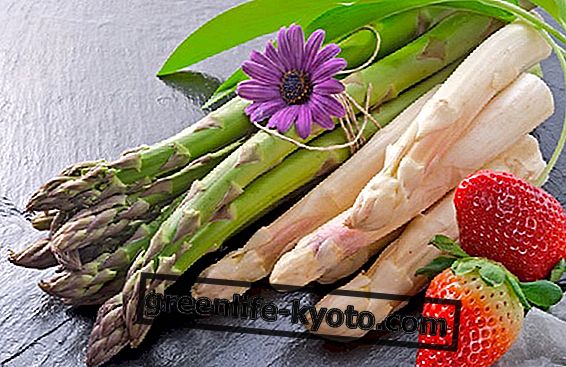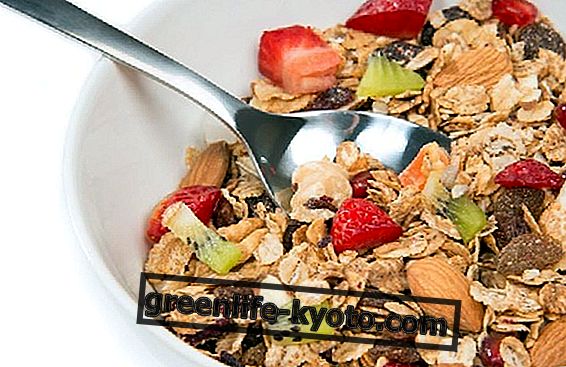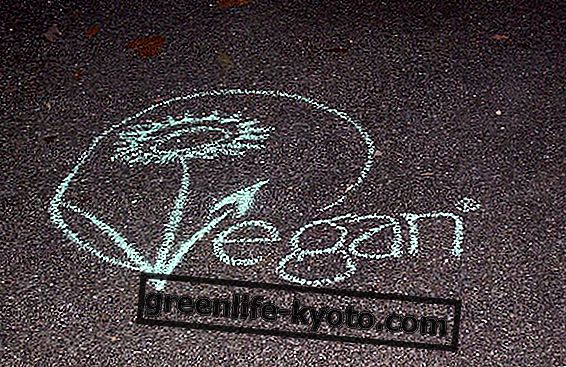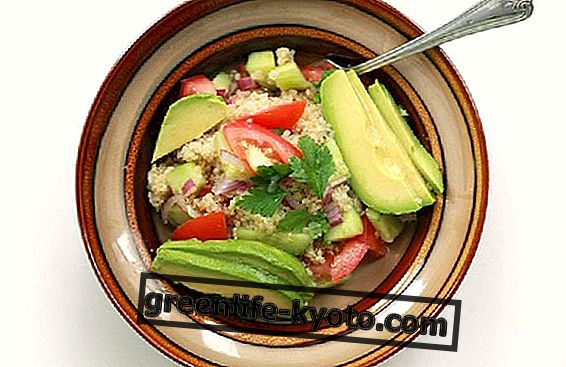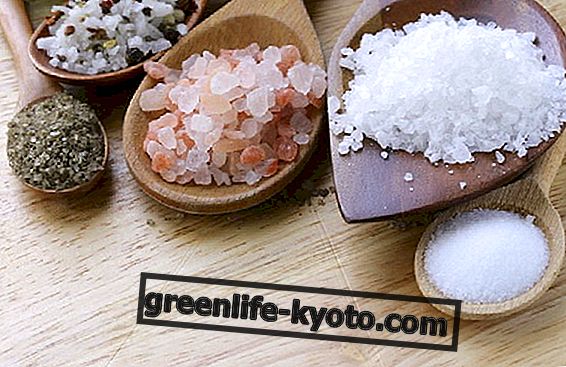
Beet sugar is the sugar obtained from the extraction and processing of the liquid produced from common beet.
The botanical name of this plant is Beta vulgaris even if it is more commonly remembered with the name of red beet because of its intense tuber and leaves color . It belongs to the Chenopodiaceae family such as spinach and chard.
Beetroot is a biennial plant that produces edible leaves, even its tuber roots are edible, either raw or cooked in different recipes.
There are different varieties of beetroot: the one from the vegetable garden which is more common and is used for human nutrition, the forage and finally the sugar one which is used to obtain sucrose crystals.
Beetroot is a vegetable known since before 420 BC and was cultivated precisely for its leaves while with time and only later it began to appreciate its tuber roots. The ancient use was mainly for food for humans and for animal fodder and only in the 1600s the use of the root as a food resource was widespread .
As for sugar beet, instead, we have to wait until 1747 when Dr. Margaff, a Russian chemist, discovered that it was possible to obtain sugary crystals from beet .
These crystals were similar to those that were produced by the most common sugar cane, the first source of sucrose for those times. Only in the 1800s the sugar industry began to develop plants that produced sweeteners from sugar beet extract .
Beet sugar
The sugar we use in the kitchen is known as sucrose and comes in the form of crystals. Saccharose is usually extracted from sugar cane, but sugar beet is another excellent source for extracting this sucrose.
Initially the sugar beet that was grown contained 5% sugar, but through natural selections we came to have a sugar beet that produces a juice rich in 15% sugar .
The production takes place through a first extraction procedure of the juice called molasses or syrup which is subsequently purified and concentrated to then refine it and make it crystals.
These treatments lead to the production of the refined white sugar that we all know but which is practically 100% pure sucrose. However, on the market we can find other more raw forms of this processing such as beet molasses and brown sugar which still contain many mineral salts and nutrients of the first beetroot juice.
Properties of sugar beet
Sugar beet is rich in mineral salts and vitamins which makes it an excellent tonic and natural supplement. Among the mineral salts there are high percentages of sodium, calcium, iron, potassium, magnesium and phosphorus.
Among the vitamins instead we have a high presence of vitamin A in addition to some of the group B as B9 also known as essential folic acid in pregnancy and for the development of the child.
The cooking of beet root can reduce the presence of these vitamins and therefore a good advice is to consume them raw with the addition of maybe a little lemon juice as this increases the absorption of some substances and in particular of iron . Beetroot juice and in any case raw consumption helps in cases of fatigue and anemia .
Furthermore, in beetroot we still have numerous active ingredients, antioxidants and flavonoids that have a direct action against free radicals responsible for cellular aging.
Beetroot is also a good ally in the prevention of some forms of cancer and cardiovascular disorders. It also supports the liver having a purifying effect as well as reducing inflammation of the gastrointestinal tract, stimulating the production of bile and improving digestion.
A specific action of sugar beet is to absorb toxins from the cells and to facilitate their elimination from the body.
Those who suffer from calculations must make a moderate consumption of it since the sugar beet is rich in oxalates and for those suffering from diabetes given the high content of sugar in the brbabola.
